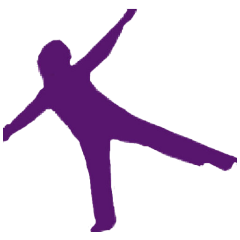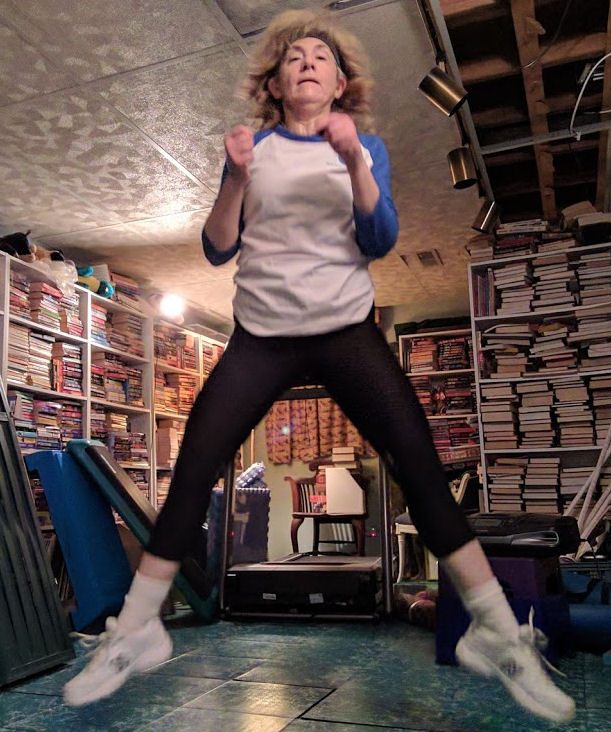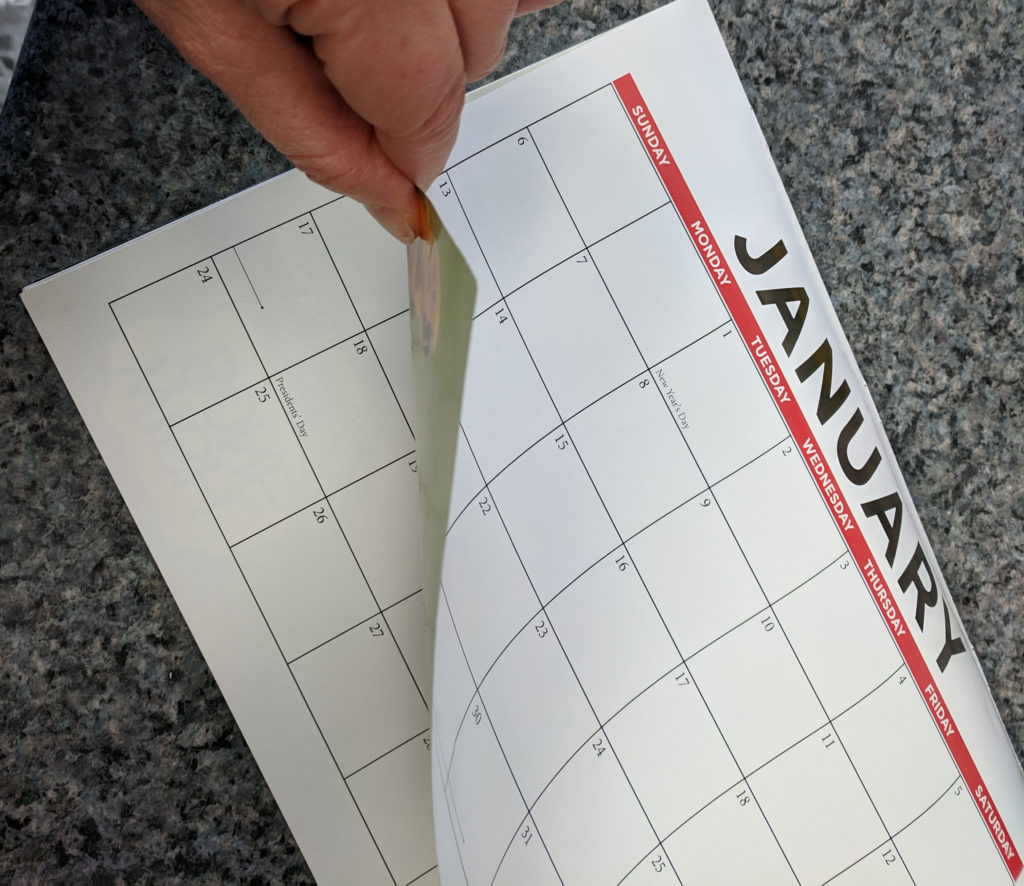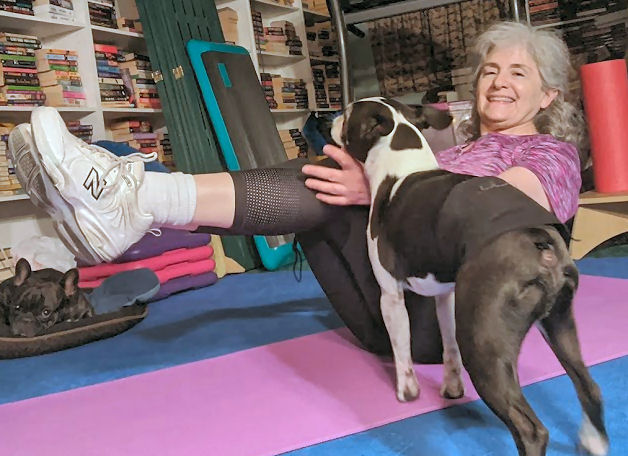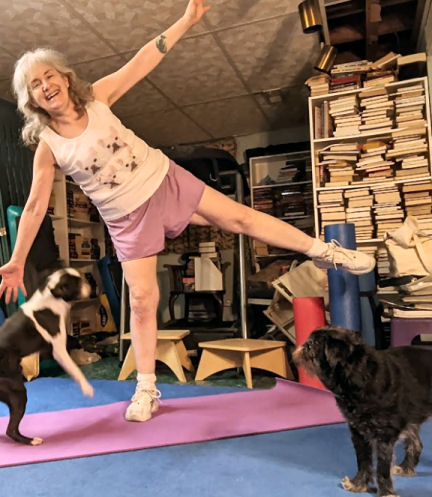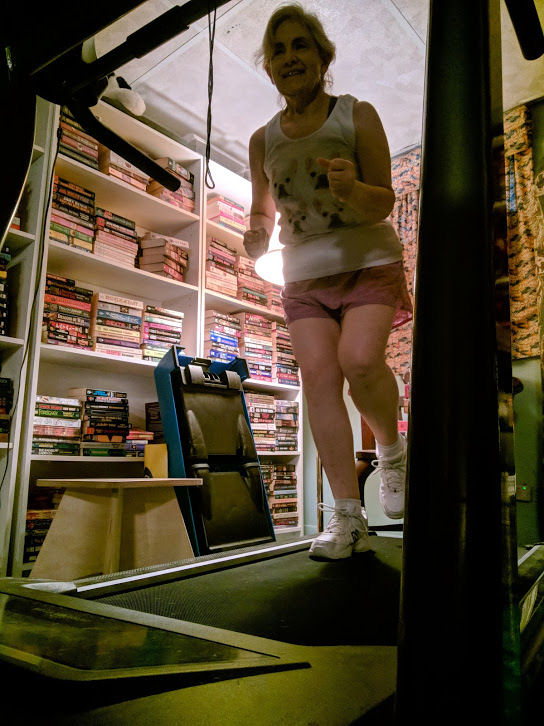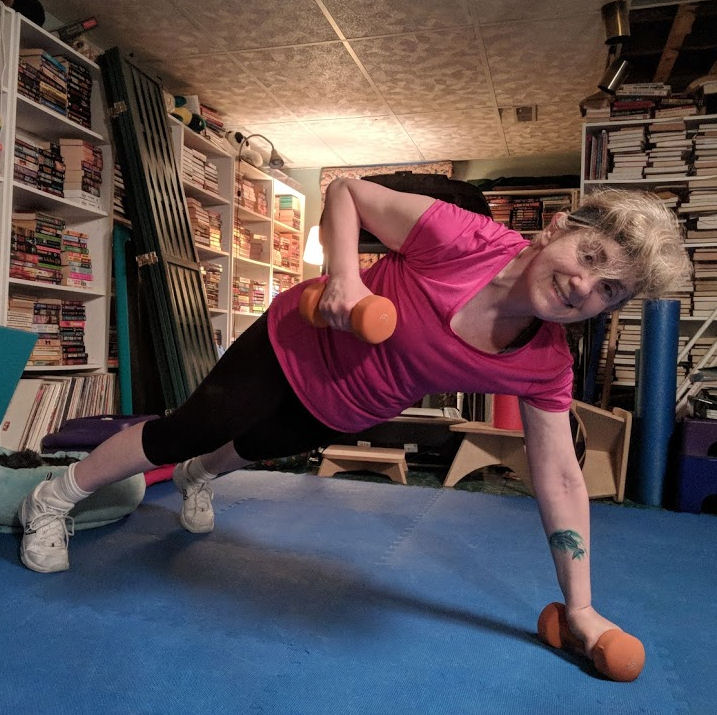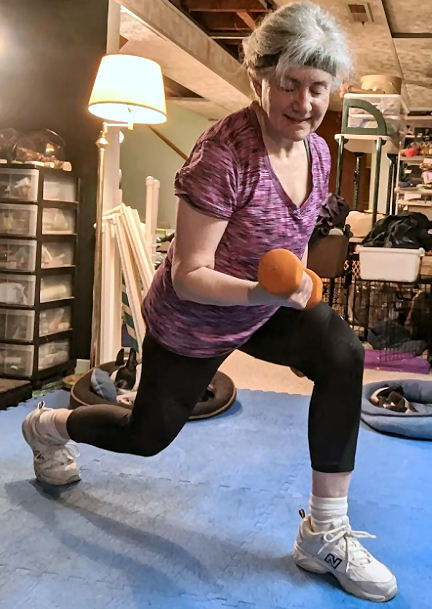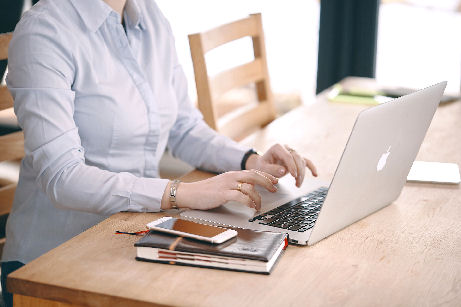Your doctor and your friends have all told you that you need to exercise. So, you’ve decided to start an exercise program for your healthy aging. But now what? What to do? You have pain in your hips and you don’t want to make it worse. Here’s a simple solution: mix it up for less pain! Fitness pros call it cross training. I call it the key.
Benefits of cross training
When you mix it up and cross train, according to the American Academy of Orthopedic Surgeons, you’ll work practically every muscle in your body. You’ll work your muscles in different ways too, reducing the risk of overuse injuries also helping you to adapt to new activities. And since you’re doing different exercises on different days, you won’t get bored. When you’re not bored, you’ll look forward to your workouts. An extra added bit of motivation!
Less pain when you mix several types of exercise
Dr. Sarkis Bedikian, an orthopedic surgeon at Advocate Trinity Hospital, says that if we’re not careful, our repetitive exercise routines and everyday behaviors could cause long-term damage to our hips and increase our risk of needing joint replacement surgeries later in life. Dr. Bedikian says to minimize wear and tear from repetitive motion by mixing several types of exercise into your routine.
What is cross training?
Cross training combines different aspects of exercise. You’ll do cardio conditioning, strength training and flexibility work all in one week. For example, you’ll do 3 days of aerobics (cardio conditioning – get your heart rate up), 2 days of strength training (for muscle and bone strength) and 1 day of flexibility work in a single week.
Get that heart rate up!
If you love music and you like to dance, here’s a 30 minute aerobics routine from YouTube that’s great for all levels. You may have to practice some of the moves a few times to get the choreography – I sure did. But it’s lively and fun and gets you moving. For your cardio work, you can also walk / run – make sure it’s intense enough for your fitness level.
Strength training
I’ve written before about the importance of adding strength training to your exercise regimen. Remember that you don’t need weights for your strength training – your body weight can be put to good use. Plank variations and push-ups can be incredibly intense too. It’s amazing how much sweat drips off of me when I’m holding a plank!
Flexibility
So that I can easily stand up and sit down, lean over and pet my dogs, I do a flexibility workout once a week (usually Pilates). I also incorporate some into every other routine during the week. It seems to keep my joints lubricated, important for my healthy aging.
You’ll not only have less pain when you mix up your exercise routine, you’ll feel better, be stronger and more flexible.
